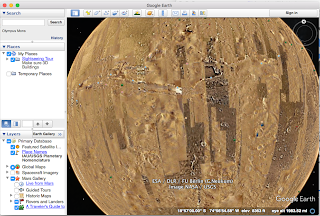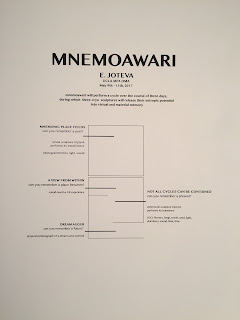Essay Plan
Introduction: I have found this subject interesting because I want to go into 3D printing Why I chose it- I am genuinely interested, I see it as the future How it relates to one of the topics- Robotics and Art My relationship with it- future career, I have made 3D printed works in the past Thesis: 3D printing is the future of creating art, medicine, and technology, and is the most cutting edge invention combining all of those elements. Background: Three types of 3D printing Charles Hull, 3d Systems 1989 Stratasys Ltd. RepRap Current State: Current state of the technology: talk about some of the printers (MakerBot, Formlab, M3D) Shapify Shapeways John Edmark Cosmo Wenman Joshua Harker #Laugh Dr. Anthony Atala 3D printed ear Prosthetics Project into the Future: 3D printed house 3D printed car 3D printed food A lot of the sources and information I’m go...



